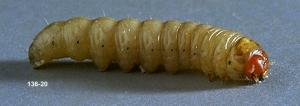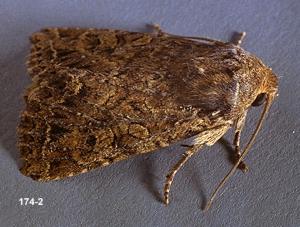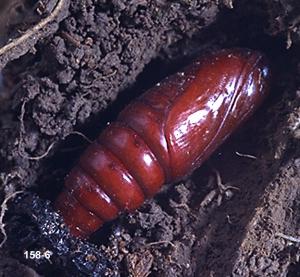|
Glassy Cutworm |
|||||||||
Contents Fact Sheet (requires Acrobat Reader 3.x or above to read and print. Click below to download the free "Reader".) |
This section contains information on identification of glassy cutworm in peppermint. The Fact Sheet contains specific information on identifcation and biology of this pest (requires Acrobat Reader). Glassy cutworm, black cutworm and redbacked cutworm may occur at the same time East of the Cascade Mountains. See redbacked cutworm for information on sampling for glassy cutworm.
|



